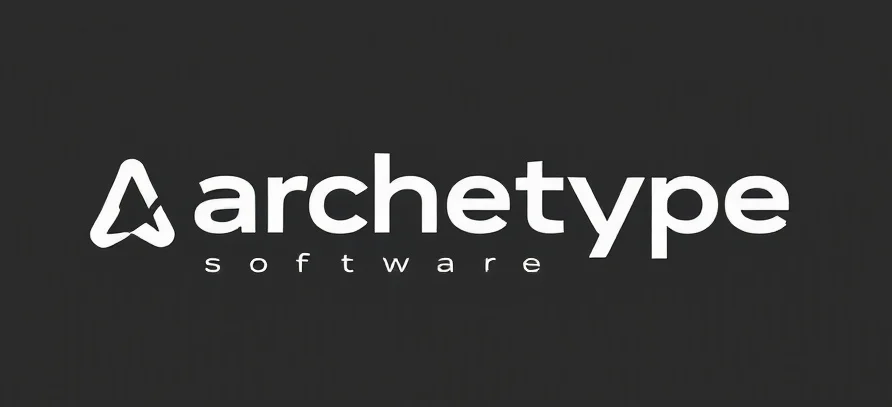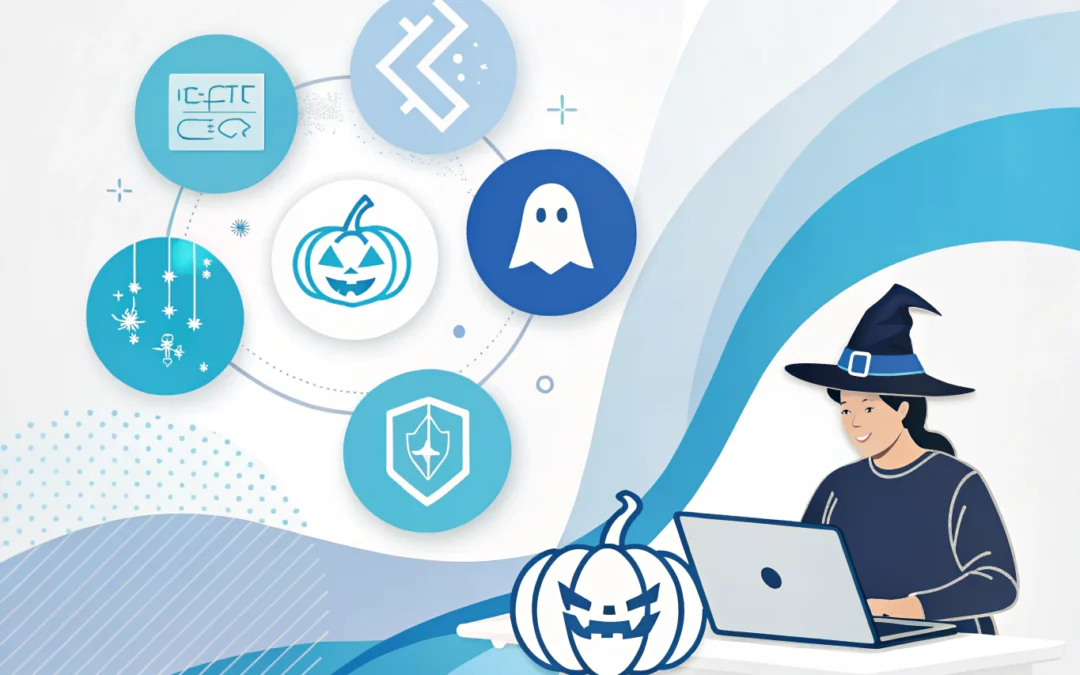The Intersection of AI and Halloween: How AI Is Shaping Costume Trends
Every year, as leaves turn brown and nights grow longer, a familiar spectacle arrives: Halloween. But beyond the pumpkins and haunted houses, there’s a transformation taking place in how we select and design costumes. This year, trending halloween costumes are a testament to how AI is subtly reshaping this festive season.
AI: The Costume Consultant
Imagine an AI as a fashion consultant. It’s like having that intern I often talk about, eager to impress but still learning. This intern, equipped with machine learning algorithms, scours data from social media, online searches, and e-commerce platforms to predict what costumes will be in vogue. It’s not about predicting the future with a crystal ball, but more akin to reading a digital weather forecast that says, “This is what folks are likely to wear.”
Data-Driven Creativity
AI’s role in costume design is a dance of data and creativity. By analyzing trends from previous years, AI models can suggest mashups that might seem odd at first glance but turn out to be surprisingly popular. Think of a Frankenstein’s monster wearing a superhero cape—unexpected, yet it works. This is where AI’s capability to identify patterns and correlations outshines its human counterparts, which are often limited by biases and traditional thinking.
Customization and Personalization
In the realm of e-commerce, personalization is key. AI enables retailers to offer hyper-personalized costume suggestions based on individual user preferences and past purchases. It’s like having a tailor-made experience, where the costume feels like it was designed just for you. And for online sellers leveraging marketplaces, factoring in costs like the Amazon referral fee can help in pricing strategies while maximizing profits. This approach doesn’t just enhance customer satisfaction; it boosts conversion rates, making it a win-win scenario for both consumers and businesses.
Transforming the Supply Chain
AI’s impact isn’t limited to consumer-facing applications. Behind the scenes, AI optimizes the supply chain, predicting demand more accurately and reducing wastage. For retailers looking to scale, understanding how to sell wholesale can complement AI-driven forecasting, ensuring that bulk orders align with consumer demand When retailers know what’s likely to be popular, they can adjust inventory accordingly, ensuring that shelves are stocked with the right mix of costumes. This is akin to knowing when to bring an umbrella based on a weather forecast, rather than getting drenched in an unexpected downpour.
Actionable Recommendations
For entrepreneurs and marketers at the intersection of AI and e-commerce, the implications are clear. Leverage AI tools to analyze consumer data for trend forecasting. Embrace AI-driven personalization to enhance customer experiences. And don’t overlook AI’s ability to streamline operations behind the scenes—this may be where you find the most substantial gains.
As we move forward, let’s keep the human touch in the AI loop. After all, while AI can provide insights and suggestions, the magic of Halloween costumes lies in human creativity and spirit. So, work with your AI intern hand-in-hand, and maybe, just maybe, you’ll be surprised by the innovative costumes that emerge.
Checkout ProductScope AI’s Studio (and get 200 free studio credits)

